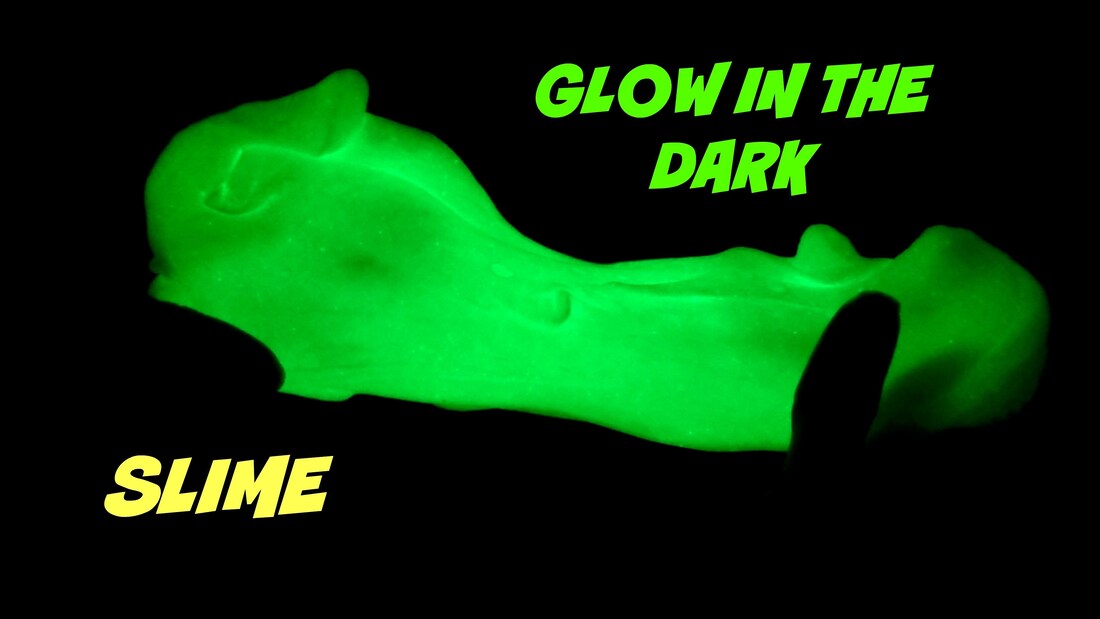Most Popular Activity to do With Your KidsAccording to MyKidsAdventures.com, voted the #1 online resource for activities to do with your children, recently published an article on the "Top 10 Activities for Kids: How to have endless fun with your kids."
Children, like all the others around the world absolutely love slime and goo! This article will talk about something every kid wants to discuss. Slime. In addition to learning how to make slime with glue and we can also discuss how adding glitter and colors can make for a much more decorative slime. Slime: The Most Popular Activity To Do With Your Kids There’s just something so engaging about the process of creating it, and watching as the ingredients to make something new. Plus, it’s just a cool sensory experience, and there are so many ways to change it up. Here are a variety of ways that we’ve answered the epic question, “how to make slime with kids”? We are going to go through a short list of ideas for how to make slime with your kids. Before we embark on any such adventure, we must first cover some housekeeping. Let’s start with safety. We must ensure our activities with our children are safe. Slime Safety Before I jump in, though, a quick comment about safety. Children need to be supervised around these materials, and under no circumstances should they be put in anyone’s mouth. Be sure that everyone washes their hands after playing with the slime, too. We’ve never had any skin reactions to the recipes we’ve used, but everyone is different. It’s something to keep an eye on depending on what materials you choose to use (and if you or the children have sensitive skin or allergies). The majority of slime recipes on the internet do call for the usage of Borax, however, in light of the recent articles posted on the uses of Borax, we are going to steer clear of using Borax for more non-toxic and less harmful agents. Benefits of Making Slime with Your Kids Slime is both science and sensory play. Slime is soft, stretchy, and very fluid. It's a bit sticky and can stretch so thin that you may, in some cases, need to peel it off. Let’s touch upon sensory play, for a moment. Sensory play is primary the sense of touch through tactile hands-on play. Some of the most favorite sensory activities for toddlers and preschoolers include sensory bins, slime, water play, messy play, to mention a few. Sensory activities can also calm a child, help a child to focus, and engage a child. The major benefits of sensory play, include: + Motor Development Skills + Play Skills + Language Development; and + Using 5 Senses Well, what is the science behind slime? The science behind slime includes borate ions in the slime activator mixing with the polyvinyl-acetate glue and forms this super cool stretchy substance. This chemical reaction is called linking, more specifically, cross linking. When you add the borate ions to the mixture, it stars to connect these long strands together. This is the science behind slime, and other reactors do include: + Contact Solution +Shaving Cream + Elmer’s School Glue + Liquid Laundry Detergent The addition and dilution of more or less of one ingredient dramatically changes the consistency of the slime. This is a great lesson in chemicals and bonding agents for children, if taught properly. How to Make Slime with Kids? In the slime making adventures, we must also be aware of the ingredients needed to make safe slime. Here is a short list of items you will need to make a wide variety of slime options. + Elmer’s School Glue + Tide Laundry Detergent + Food Coloring + Shaving Cream + Glitter + Beads + Contact Solution This is just a short list of ingredients you can use to make homemade slime. Other recipes have called for liquid watercolors, acrylic paints, liquid starch, and an array of other decorative accessories. 1. How to Make Slime with Tide (Liquid Laundry Detergent)
This is the most common form of making slim with your children. The primary reason is that they’re both common household items. All you need is a mixing bowl and some utensils to mix the ingredients. Let’s get started.
Allow plenty of time for your child to knead the mixture well until it’s the right consistency. 2. How to Make Gold Slime
This is a very popular project among the slime communities, as stated on LittleBinsforLittleHands.com, the Gold Slime is the most requested article, and seemingly the most read article, as well. Now, onto the Gold Slime ingredient list. + Clear Laundry Detergent + Baking Soda + Gold Glitter Glue + Clear Elmer’s Washable School Glue + Extra Gold Glitter + Water + Container for Slime First, fill ½ cup measurer with ⅔ of Gold Glitter Glue and ⅓ of Clear Glue. You can easily get these little bottles of gold and silver glue from the dollar store near you. They’re about 1.5 ounces in size. Squeeze as much as you can into the ½ cup and fill the rest of the way with clear glue.
Let your child spend some time kneading the slime with their hands. Once it is well mixed, transfer to a clean container to store. 3. How to Make Slime with Contact Lens Solution
For this recipe, you’re going to need the following ingredients:
Add the 6oz of Elmer’s School first, then add in the ½ TSP of baking soda together first. Then, slowly add in 2 TBSP of warm water if you want the stretchier slime. Third, add in your contact solution slowly and make sure the mixture thickens slowly. Lastly, stir the mixture until it thickens and prepare to knead until it forms the proper slime consistency. 4. Glow in the Dark Slime
This is one of the most popular slime recipes on the internet, to date, according to ThoughCo, a leading online resources for science, technology and math for kids. This simple 2-ingredient mixture can produce some of the coolest looking slime with the simplest of formulas.
Stir the mixture until the consistency becomes much thicker and less sticky, and have your child help you knead the slime to the proper consistency. Once you have completed the kneading process, place under a lamp for 10 minutes. After 10 minutes, take into a dark room or turn off the lights and watch as your slime will glow in the dark. 5. Edible Slime
Last and most definitely not least, the edible form of slime. Most slime recipes are non-toxic, but there are only a few you can eat and none that taste as good as this one! Here's how to make edible slime. Edible Slime Ingredients:
Parents, make sure you’re involved in the making of this product as it does require some usage of the stove top, hot pots and pans that can cause burns. So, please be advised that this is something you should be heavily involved in. To start, you’ll need a medium saucepan.
There's more than one way to make slime. Actually, there are lots of different recipes. Some you can eat, some look like snot, toxic waste, or ghoulish dripping blood. Because these recipes don't take a lot of time, (though a few require a trip to the hardware store and not just the kitchen cupboard) you won't want to stop at just one. Throw down some plastic and get ready for a slime fest! ---- LCO Child Support Program 13394 W Trepania Road Hayward WI 54843 (715) 634-8934 www.lcochildsupport.com |
More ArticlesHow to Apply for LCO Child Support Services
The LCO Child Support Program Launches New Website
The New LCO Child Support Portal Coming Soon!
|
LCO CHILD SUPPORT |
SERVICES |
RESOURCES |
LET'S CONNECTLCO Child Support Services
13526 W. Trepania Road Suite 202 Hayward, Wisconsin 54843 Phone: (715) 318-5916 Fax: (715) 318-6080 Email Us > Click Here Social Media Sources
|
© Lac Courte Oreilles Child Support Services 2024 | 13526 W. Trepania Road Suite 202, Hayward Wisconsin 54843 | Terms of Use | Privacy Policy |











